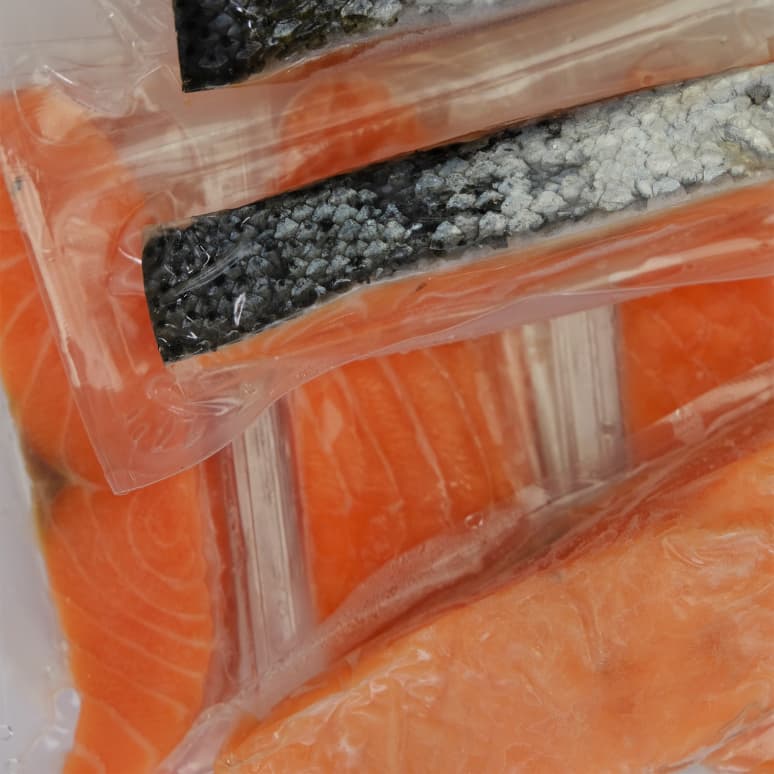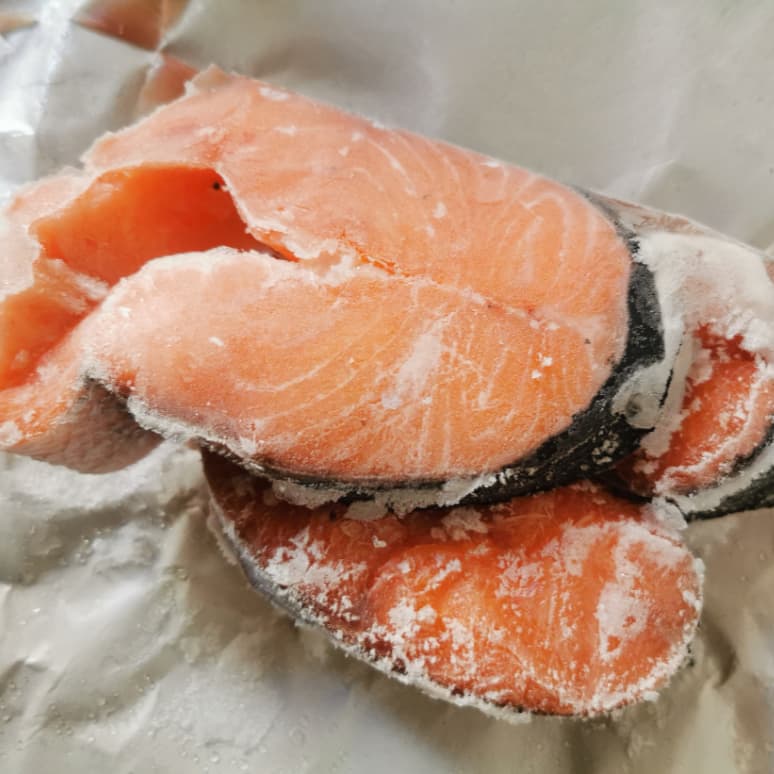Unlike some other proteins, salmon requires specific conditions to stay fresh, whether it’s raw or cooked. Understanding the proper storage techniques for salmon, including how long does salmon last in the fridge, is crucial to maintaining its quality and flavor.
Storing Raw Salmon
Properly storing raw salmon is essential to preserve its quality and prevent spoilage. After thawing, ensure the fillet is completely dry before storing it. Excess moisture can promote bacterial growth and accelerate deterioration. Transfer the salmon to a covered container or resealable bag to maintain its freshness. Alternatively, wrap it tightly in plastic wrap, aluminum foil, or moisture-proof paper to prevent exposure to air and moisture, which can cause freezer burn.
Shelf Life of Raw Salmon
The shelf life of raw salmon in the fridge is relatively short compared to other proteins. According to USDA guidelines, raw salmon can be safely stored in the refrigerator for up to two days after thawing. However, proper temperature control is crucial to prevent bacterial growth and maintain freshness. Keep the refrigerator temperature at 40°F (4.4°C) or lower to prolong the shelf life of raw salmon.
Storing Cooked Salmon
Cooking salmon extends its shelf life compared to raw fish, but it’s essential to store it properly to maintain its quality. Leftover cooked salmon should be promptly refrigerated within two hours of cooking to prevent bacterial contamination. Store the salmon in an airtight container to minimize exposure to air and moisture, which can cause it to dry out and lose flavor. Consume leftover cooked salmon within three to four days to ensure optimal freshness.
Freezing Salmon

Freezing salmon is an excellent way to prolong its shelf life and minimize waste. Before freezing, ensure the salmon is properly wrapped to prevent freezer burn. Transfer the salmon to airtight containers or resealable bags, removing as much air as possible to maintain quality. Frozen salmon can be safely stored in the freezer for up to three months, although it may remain safe to eat for longer periods. However, prolonged freezing may affect the texture and flavor of the salmon, so it’s best to consume it within the recommended timeframe.
Refreezing Thawed Salmon

While it’s generally safe to refreeze salmon that has been thawed in the refrigerator, it’s essential to exercise caution to preserve its quality. Avoid refreezing salmon that has undergone quick thawing methods, as this can compromise its texture and flavor. If refreezing thawed salmon, ensure it has maintained refrigerator temperatures throughout the thawing process to prevent bacterial growth. However, keep in mind that repeated freezing and thawing can affect the quality of the salmon, leading to moisture loss and changes in texture.
Freezing Cooked Salmon

Cooked salmon can also be frozen for later use, although certain preparations freeze better than others. Meals like salmon cakes or casseroles retain moisture well when frozen and reheated. Before freezing cooked salmon, allow it to cool to room temperature to prevent condensation, which can lead to freezer burn. Store the cooked salmon in airtight containers or freezer-safe bags, removing as much air as possible to maintain quality. Consume frozen cooked salmon within a month for the best flavor and texture.
Signs of Spoiled Salmon
Identifying spoiled salmon is essential to prevent foodborne illness and ensure food safety. Use your senses to detect signs of spoilage, including foul odors, changes in color, and unusual textures. Spoiled salmon may emit sour, rancid, or fishy odors, which intensify after cooking. Visual cues such as discoloration or sliminess can also indicate spoilage. If unsure, taste a small portion—if it tastes off or sour, discard it immediately to avoid the risk of food poisoning.


